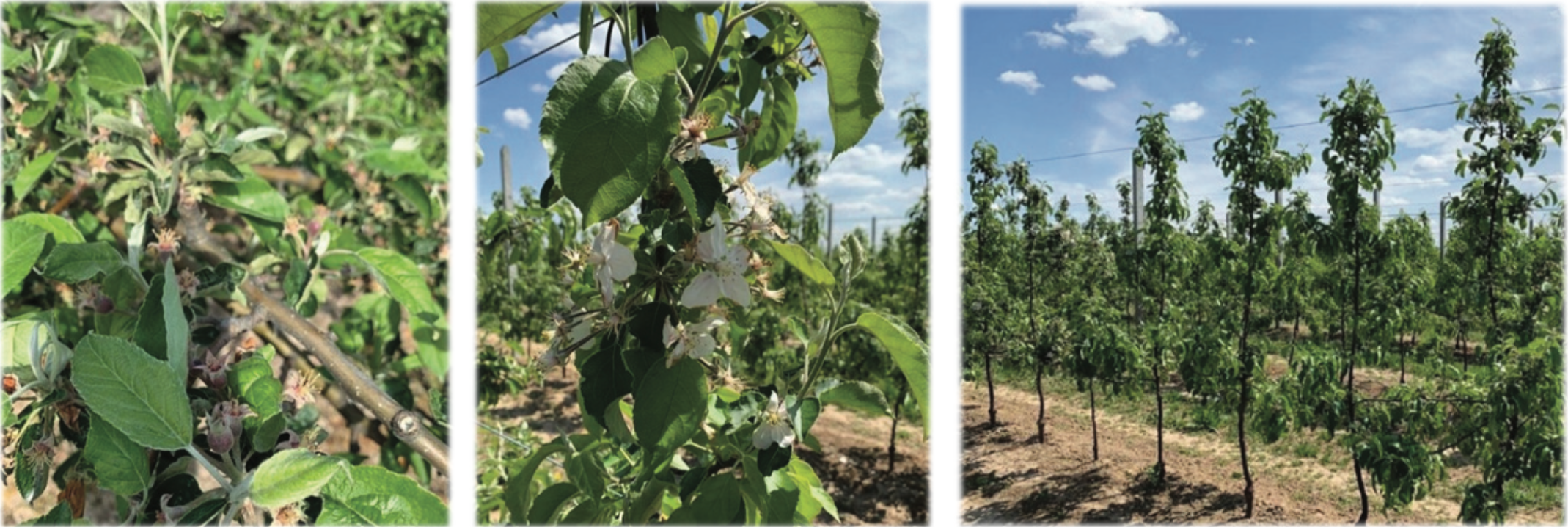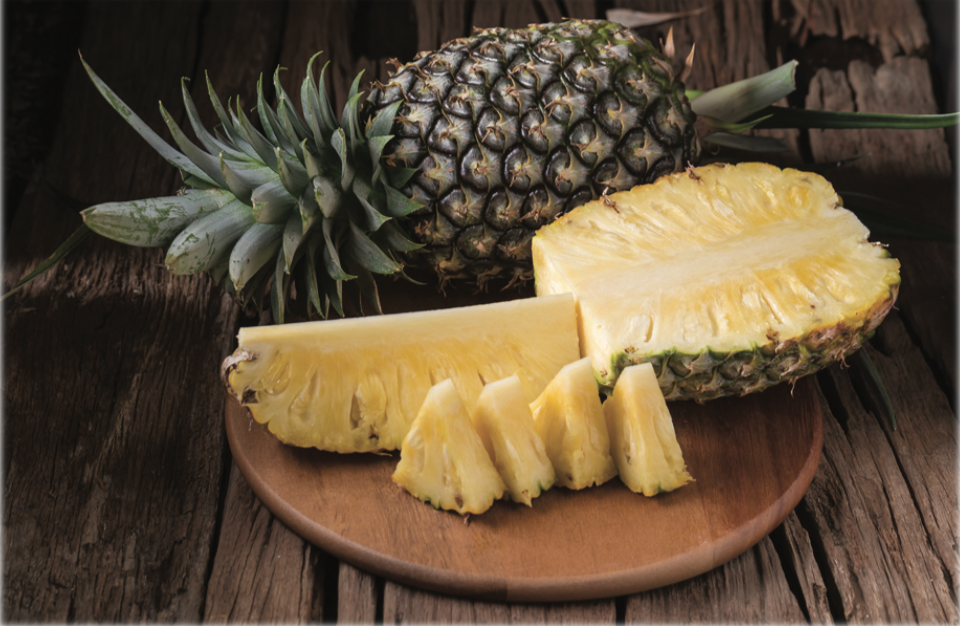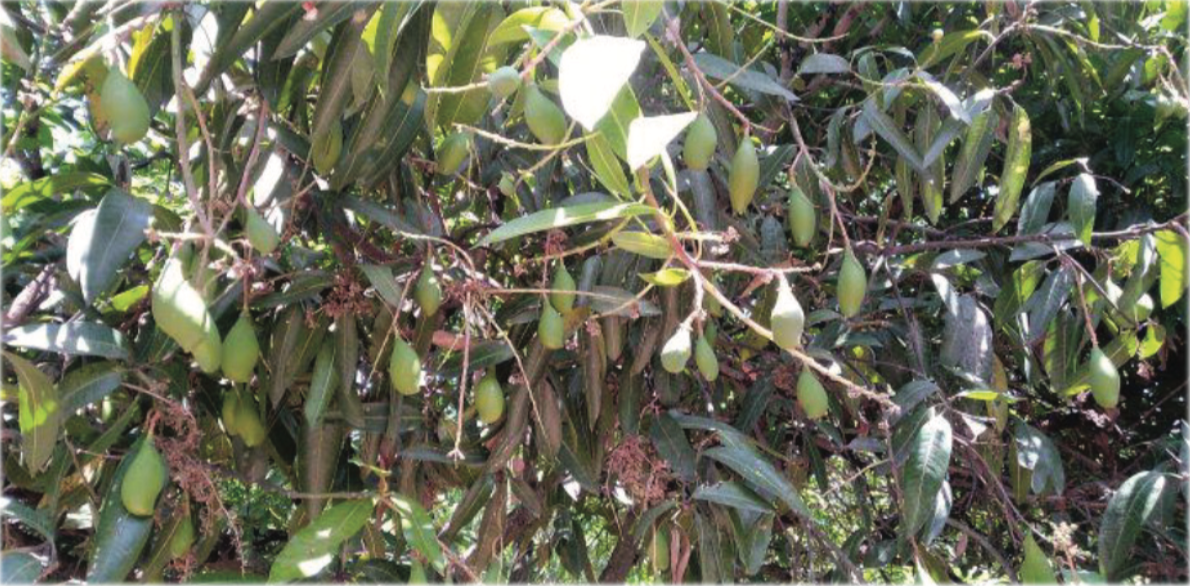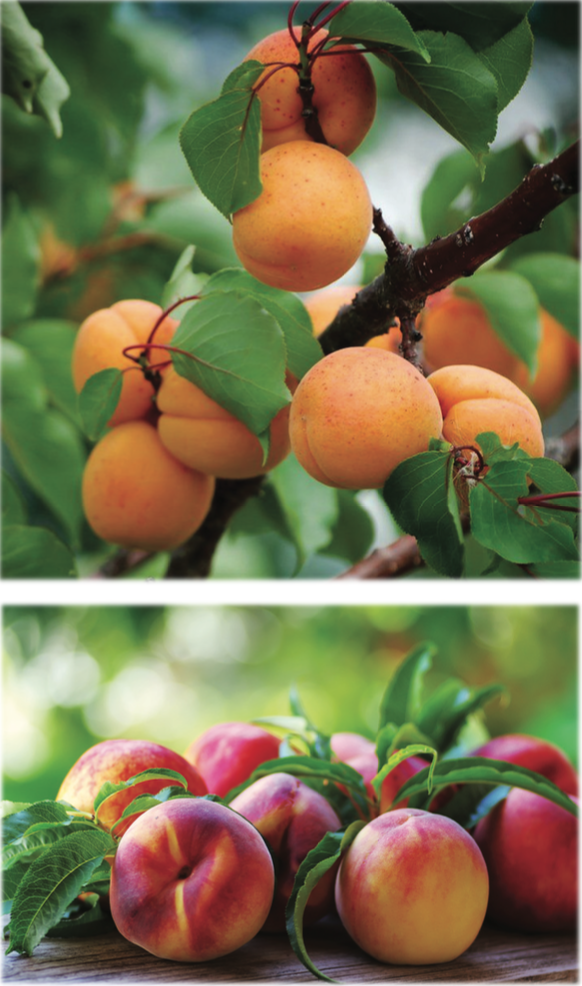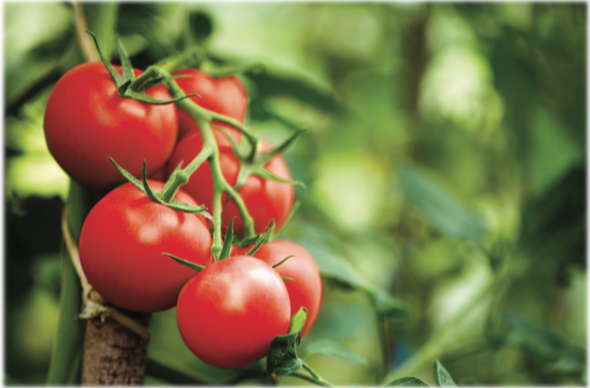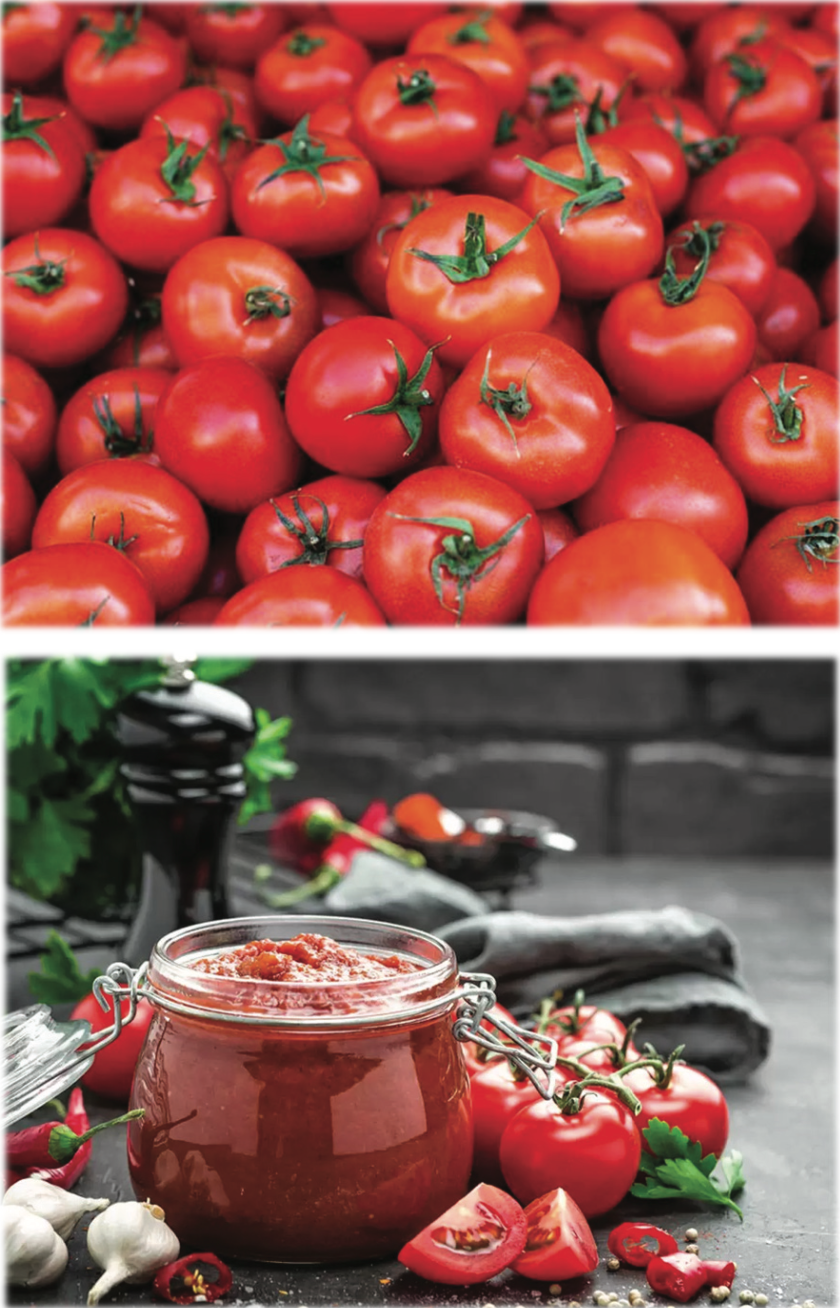It is still too early to give a firm report on the apple market but the initial glance on the major producers is as follows.
The apple crop from Poland (the main European supplier for AJC) does not look spectacular. There was some damage due to frost but thus far it looks like an average crop. Although it is too early to give precise details, we will have to wait to see whether a “June drop” will affect some regions when trees drop their young fruit due to a lack of rain to protect the remaining fruits.
Photos from mid-May from Polish orchards:
Hungary is another important country for AJC in Europe which is already reporting losses of about 30% due to a severe frost situation in April.
The apple crop in the rest of Europe is slightly affected due to frost. In the Lake Constance area of Germany, the production of fresh apples used for NFC have also been affected by frost.
Italy, Ukraine, Moldovia, Serbia are stable thus far but to get a clear picture we still have to wait. Fortunately, there is no negative impact on production in China thus far.
